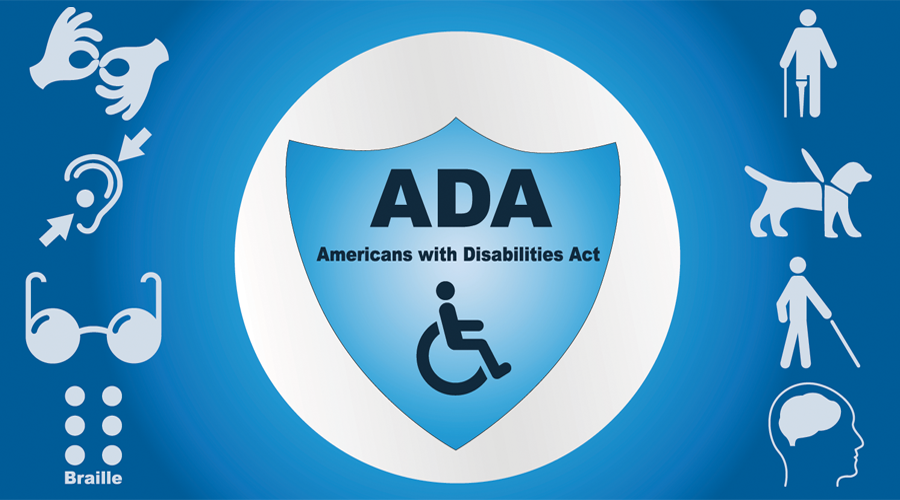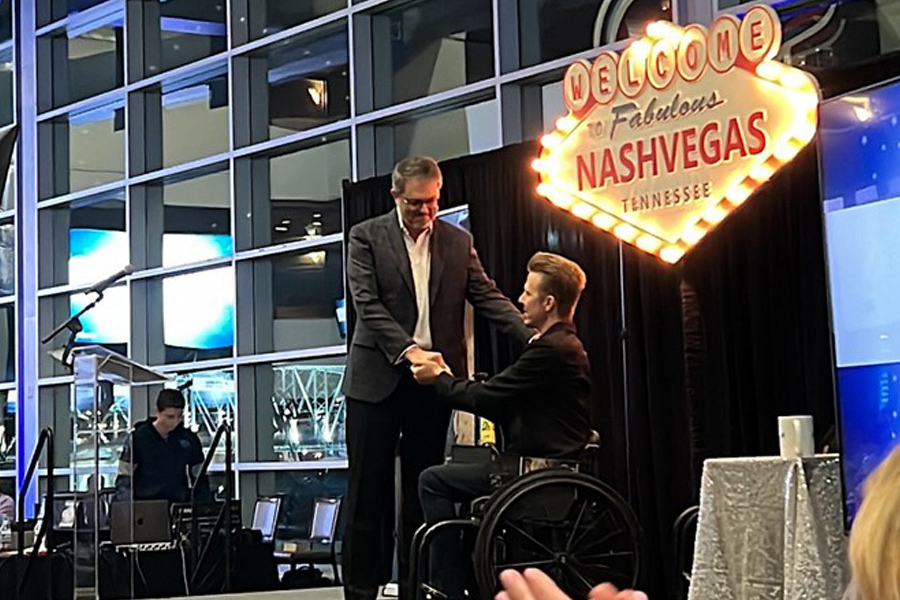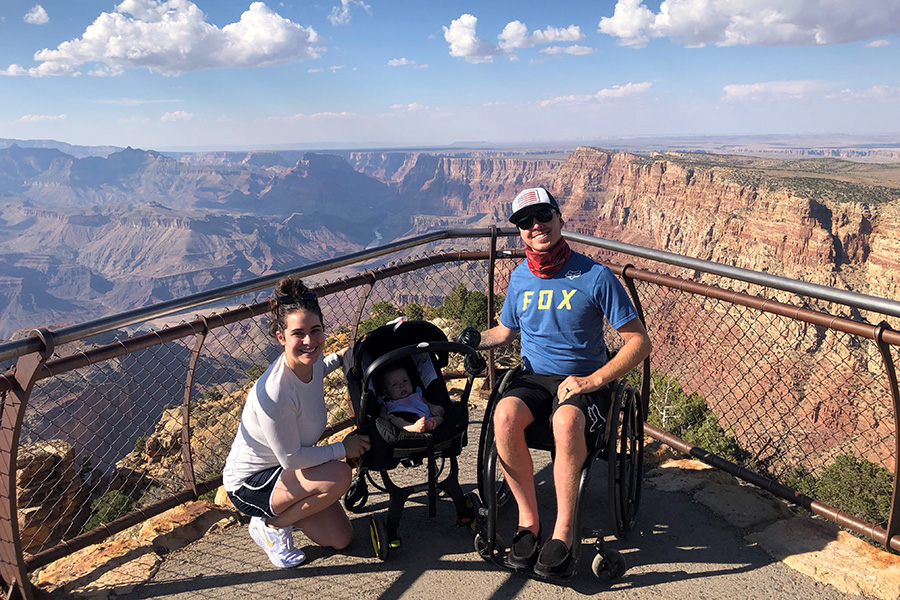An Overview of our Civil Rights
A few years ago I visited the San Francisco Bay area and Berkley, California to film our Shield Healthcare video series, Mobility In The City. While there, I had the privilege of touring The Center for Independent Living, an organization that helps increase awareness, collaboration and opportunity among people with disabilities and the community at large. The campus was an homage to the early pioneers of the Americans with Disabilities Act (ADA) —a civil rights law that prohibits discrimination against individuals with disabilities in all areas of public life, and all public and private places that are open to the general public. The ADA affords similar protections against discrimination to Americans with disabilities as the Civil Rights Act of 1964. However, unlike the Civil Rights Act, the ADA also requires covered employers to provide reasonable accommodations to employees with disabilities and imposes accessibility requirements on public accommodations. The ADA is divided into five major sections which cover jobs, state and local government services, public accommodations and services, telecommunications and transportation. It also covers miscellaneous provisions, such as prohibition against retaliation.
Title I – Employment
- Helps people with disabilities access the same employment opportunities and benefits available to people without disabilities.
- Applies to employers with 15 or more employees.
- Requires employers to provide reasonable accommodations to qualified applicants or employees. A “reasonable accommodation” is a change that accommodates employees with disabilities so they can do the job without causing the employer “undue hardship” (too much difficulty or expense).
- Defines disability, establishes guidelines for the reasonable accommodation process, and addresses medical examinations and inquiries.
- Regulated and enforced by the U.S. Equal Employment Opportunity Commission.
Title II – Public Services: State and Local Government
- Prohibits discrimination on the basis of disability by “public entities” such as state and local government agencies. .
- Requires public entities to make their programs, services and activities accessible to individuals with disabilities.
- Outlines requirements for self-evaluation and planning; making reasonable modifications to policies, practices, and procedures where necessary to avoid discrimination; identifying architectural barriers; and communicating effectively with people with hearing, vision and speech disabilities.
- Regulated and enforced by the U.S. Department of Justice.
Title III – Public Accommodations and Services Operated by Private Entities
- Prohibits places of public accommodation from discriminating against individuals with disabilities. Public accommodations include privately owned, leased or operated facilities like hotels, restaurants, retail merchants, doctor’s offices, golf courses, private schools, day care centers, health clubs, sports stadiums, movie theaters, and so on.
- Sets the minimum standards for accessibility for alterations and new construction of commercial facilities and privately owned public accommodations. It also requires public accommodations to remove barriers in existing buildings where it is easy to do so without much difficulty or expense.
- Directs businesses to make “reasonable modifications” to their usual ways of doing things when serving people with disabilities.
- Requires that businesses take steps necessary to communicate effectively with customers with vision, hearing, and speech disabilities.
- Regulated and enforced by the U.S. Department of Justice.
Title IV – Telecommunications
- Requires telephone and Internet companies to provide a nationwide system of interstate and intrastate telecommunications relay services that allows individuals with hearing or speech disabilities to communicate over the telephone.
- Requires closed captioning of federally funded public service announcements.
- Regulated by the Federal Communication Commission.
Title V – Miscellaneous Provisions
- Contains a variety of provisions relating to the ADA as a whole, including its relationship to other laws, state immunity, its impact on insurance providers and benefits, prohibition against retaliation and coercion, illegal use of drugs, and attorney’s fees.
- Provides a list of certain conditions that are not considered disabilities.
Transportation
- Public Transportation offered by a state or local government is covered by Title II of the ADA. Publicly funded transportation includes, but is not limited to, bus and passenger train (rail) service. Rail service includes subways (rapid rail), light rail, commuter rail, and Amtrak.
- If transportation is offered by a private company, it is covered by Title III. Privately funded transportation includes, but is not limited to, taxicabs, airport shuttles, intercity bus companies, such as Greyhound, and hotel-provided transportation.
- The U.S. Department of Transportation, Federal Transit Administration releases information, guidance and regulations on transportation and the ADA.
One of the early pioneers of the Americans with Disabilities Act is Judy Heumann, an internationally recognized disability advocate affectionately known as “The mother of disability rights—and a total badass!” I learned that she was integral to the final version of the bill being signed into law on July 26, 1990, by President George H. W. Bush.
If you are newly injured and seeking to learn more about your disability rights, a good place to start is ADATA.org. It provides an overview of each section of the law, with links to specific information and additional resources.
For more detailed information and technical assistance, visit the Department of Justice’s website, ADA.gov. It provides an excellent introduction to the ADA (ada.gov/ada.intro) as well as straightforward information on featured topics. If you would like to speak to someone, you can call the ADA Information Line: 800-514-0301 (voice) or 800-514-0383 (TTY).
-Aaron









 Why am I always sore after removing my intermittent catheter?
Why am I always sore after removing my intermittent catheter?






